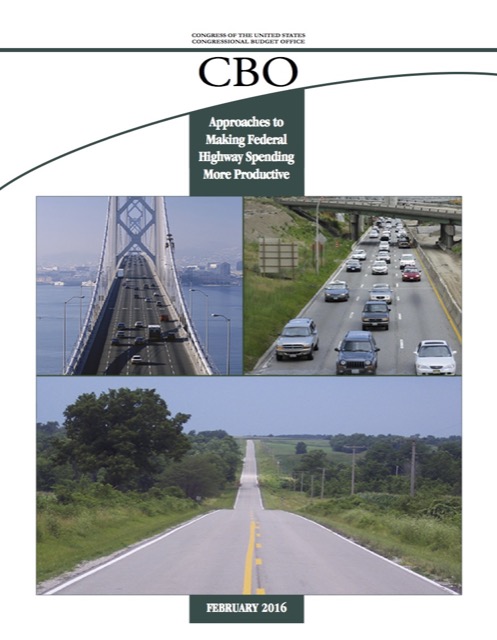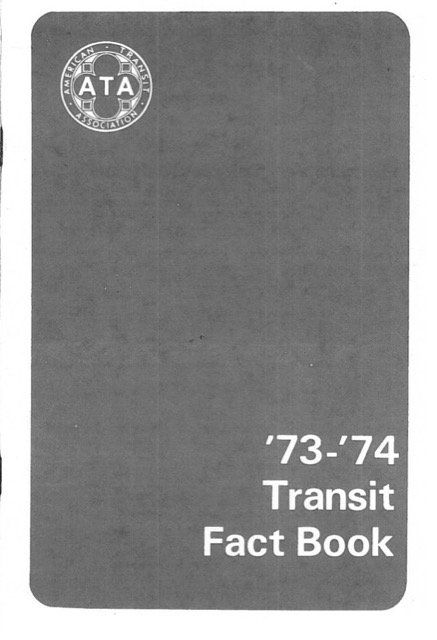As the Antiplanner observed yesterday, driving increased by 3.5 percent in 2015. Along with that increase came an 8 percent increase in traffic fatalities, according to the National Safety Council.
Six years ago, data revealed that 2009 traffic fatalities had declined by nearly 10 percent from 2008, which itself had nearly 10 percent fewer fatalities than 2007. This dramatic change left many experts perplexed. Some credited safer cars, but the Antiplanner suggested that much of the decline had resulted from the recession-induced decline in driving: 2009 miles were nearly 1 percent less than 2008’s, which were nearly 2 percent less than 2007.
If a slight reduction in congestion due to less driving could result in such a large decrease in fatalities, then similarly a reduction in congestion due to increased roadway capacity or other congestion-reducing measures could similarly save lives. Conversely, the Antiplanner suggested, cities that deliberately allowed congestion to increase in order to get people to stop driving were killing people.









